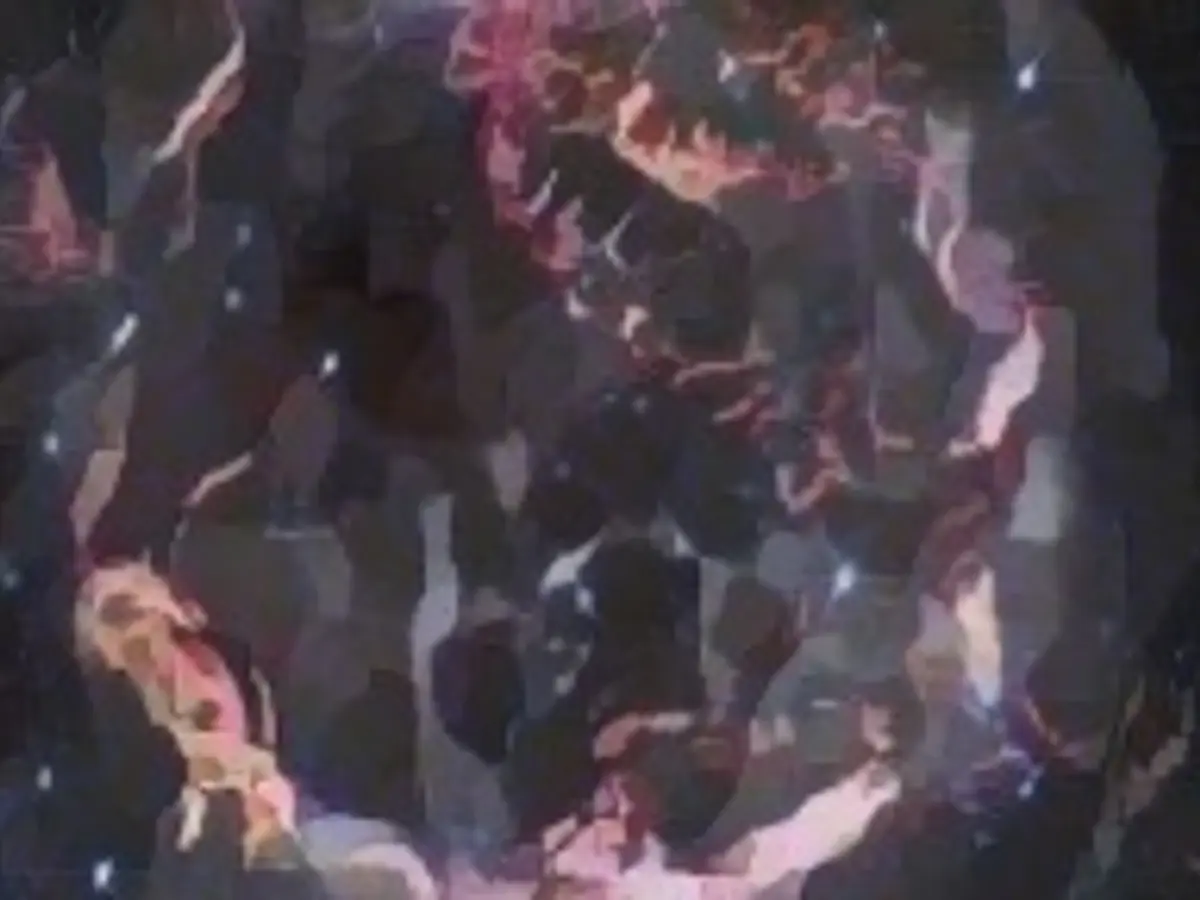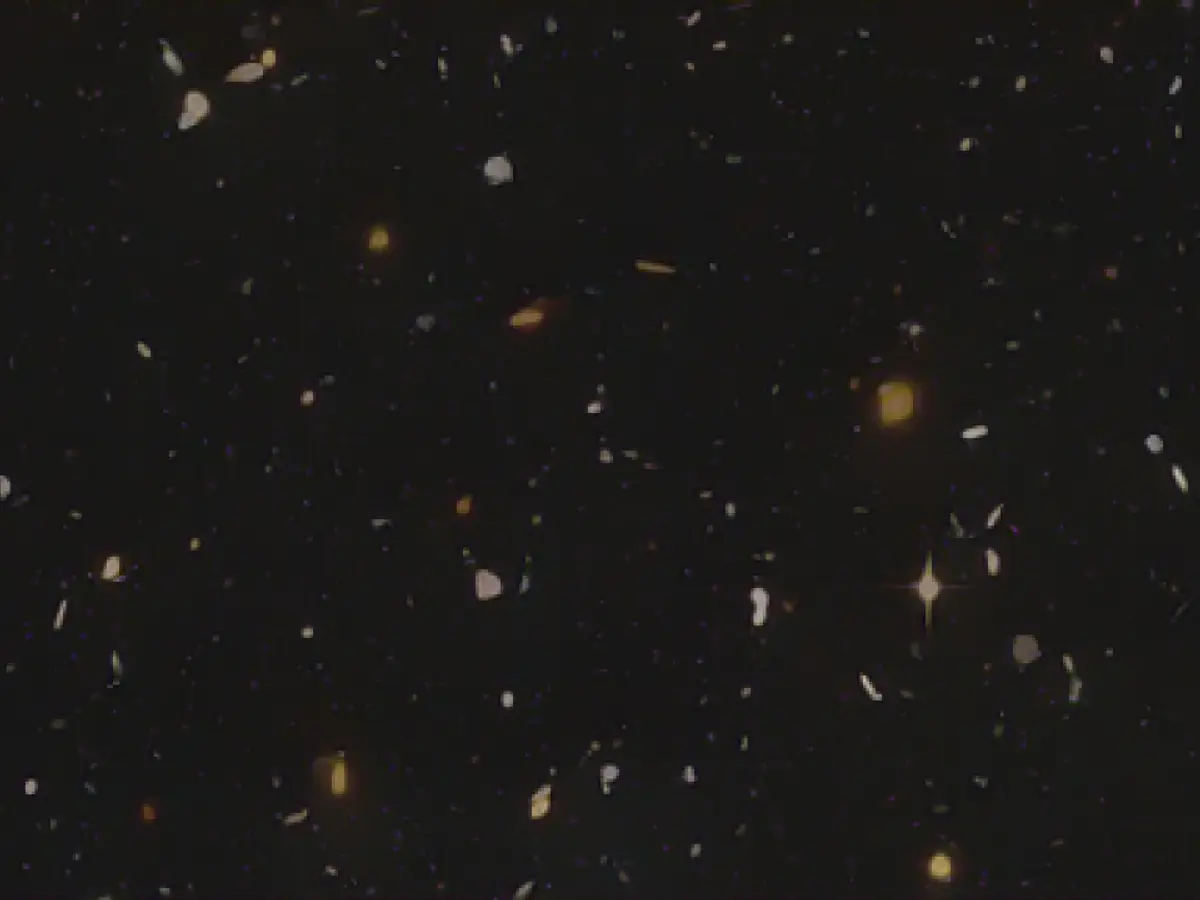Get ready for an astonishing display of fireballs as the Geminid meteor shower lights up the night sky this week!
At its peak around 14:27 UT on Thursday, according to EarthSky, the best time to witness this celestial spectacle is between 1 and 2 AM local time in every timezone. Robert Lunsford, coordinator for the American Meteor Society, suggests that viewing from a dark location away from any city lights would increase the chances of seeing up to 120 meteors per hour!
NASA estimates that under clear skies and without moonlight interference, the Geminid meteor shower could generate up to 120 visible meteors per hour, making it the strongest meteor shower of the year and earning it the title of "King" among meteor showers, as per Lunsford. Although the moon will be nearly full during this year's event from Wednesday to Thursday, it should not interfere with observing the meteor shower too much.
Lunsford explains that the number of meteors observed depends on one's location and visibility. In areas with excellent visibility and minimal light pollution, it's possible to see up to 120 meteors. However, in urban environments with lighting and light pollution, the meteor count is expected to be lower. A skywatcher positioned in a dark location, away from city lights, can expect to see an average of 60 meteors per hour.
The meteor shower is visible worldwide, but the observing time is shorter for those in the Southern Hemisphere, as the shower's radiant point lies lower on the sky, likely not climbing above the horizon until midnight local time.
What to Expect from the Geminid Meteor Shower
The Geminid meteor shower -- consisting of debris from the asteroid 3200 Phaethon -- may have been caused by a violent asteroid collision or a gas explosion, as suggested by a study published in the Journal of Planetary Science in June 2023[1]. The first documented observation of a meteor shower took place in 1862.
The Geminids are known for their bright, sometimes colorful appearance due to their chemical composition, which may contain higher amounts of Calcium, Sodium, or Nickel. Lunsford noted that this could result in meteors displaying orange, yellow, or even green hues during the shower.
As early as this year, you can start spotting the Geminids in the night sky. The number of visible meteors is expected to increase as Earth approaches the core of the 3200 Phaethon debris cloud. Additionally, cloudy conditions or rain showers can affect the geminid meteor shower, although it may still produce impressive displays within a few days before and after the peak viewing time.
"Find a comfortable chair, select the darkest spot in your home, and gaze up into the sky, avoiding trees or anything that obstructs your view of the horizon," advises Lunsford. "Then, simply enjoy the show as meteors streak in all directions."
Based on information provided by the American Meteor Society, the next significant annual meteor shower will be the Ursid meteor shower in December 2023, with its peak occurring in the early hours of December 22nd.

[1] NASA's Parker Solar Probe data reveals new insights into the Geminid meteor shower. (2023).
[2] The Geminid meteor shower: what to expect in 2023. (2023).
[3] How to watch the Geminid meteor shower in 2023: Peek times, best viewing places, and meteor expectations. (2023).
[4] The American Meteor Society. (2023).
[5] The Geminids: a brief history and composition. (2022).







